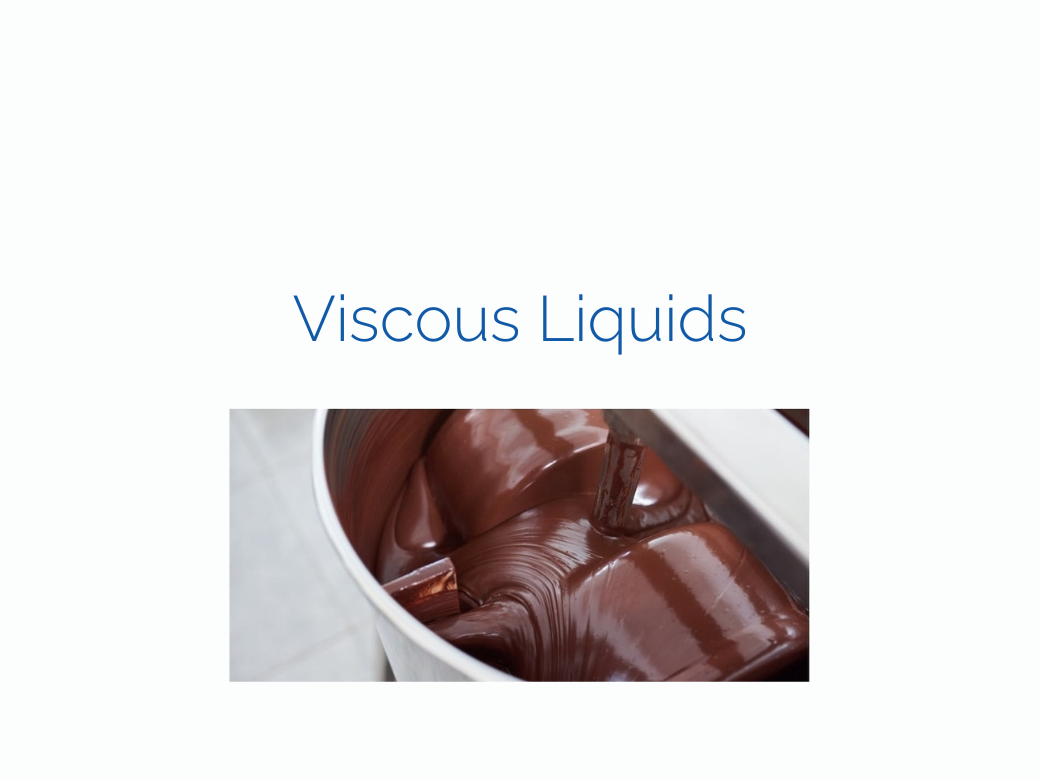
Discover the main challenges when pumping viscous liquids and how to overcome them with specialized technologies. Save energy and reduce costs.
Pumping viscous liquids (such as honey, oils, syrups, or pastes) presents unique challenges in industrial applications. From high energy consumption to frequent clogging, these fluids require specially designed equipment to maintain operational efficiency. In this article, we’ll analyze the most common problems and the technical solutions available.
Looking for a pump optimized for viscous liquids?
-
Common Challenges in Pumping Viscous Liquids
1.1 High Energy Consumption
Viscosity increases flow resistance, forcing pumps to work harder. This results in:
- Up to 40% higher energy costs compared to less viscous fluids.
- Premature wear on motors and components.
1.2 Clogging and Blockages
Thick fluids tend to:
- Stick to pipe walls (residue buildup).
- Solidify in dead zones, requiring frequent cleaning shutdowns.
1.3 Inefficient Dosing
Variable viscosity affects volumetric precision, critical in industries like:
- Food (e.g., melted chocolate).
- Pharmaceuticals (e.g., medicinal syrups).
-
Technologies to Overcome These Problems
2.1 Positive Displacement Pumps
Ideal for viscosities between 1,000–500,000 cP, these pumps:
- Maintain consistent flow regardless of pressure.
- Minimize pulsation (key for shear-sensitive products).
Recommended Types:
- Lobe Pumps: For foods with particles (e.g., jams).
- Progressive Cavity Pumps: For heavy oils and chemicals.
Not sure which pump to choose?
Download Our Selection Guide
2.2 Integrated Heating Systems
Solutions to prevent solidification:
- Thermal jackets (steam or electric).
- Insulated piping.
2.3 Hygienic Designs with No Dead Zones
Equipment with:
- Polished surfaces (Ra ≤ 0.8 μm).
- Optimized geometry for CIP/SIP (automated cleaning).
-
Preventive Maintenance for Viscous Liquids
3.1 Key Guidelines
- Frequent lubrication of bearings and seals.
- Biannual inspection of rotors and casing.
- Temperature monitoring to avoid degradation.
3.2 Warning Signs
- Sudden motor amperage spikes.
- Abnormal noises (indicating cavitation or blockage).
-
Pump Comparison for Extreme Viscosities
|
Pump Type |
Viscosity Range |
Key Advantage |
|
Lobe |
1,000–100,000 cP |
Gentle on particulates |
|
Progressive Cavity |
10,000–500,000 cP |
High, steady pressure |
|
Diaphragm |
50–50,000 cP |
No cross-contamination |
Efficiently pumping viscous liquids requires:
- Specialized equipment (positive displacement, hygienic designs).
- Auxiliary systems (heating, VFDs).
- Proactive maintenance.
Modern solutions can reduce operational costs by up to 35% while extending equipment lifespan.
Ready to optimize your process?